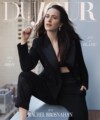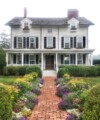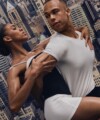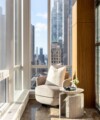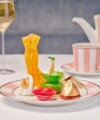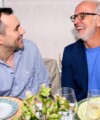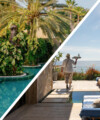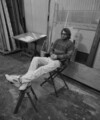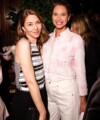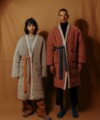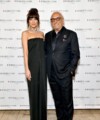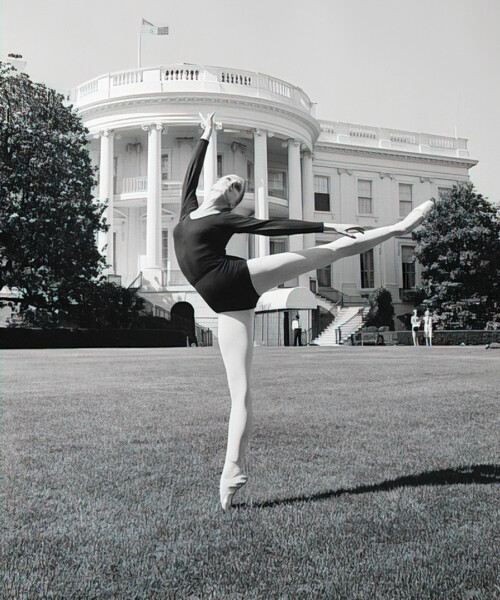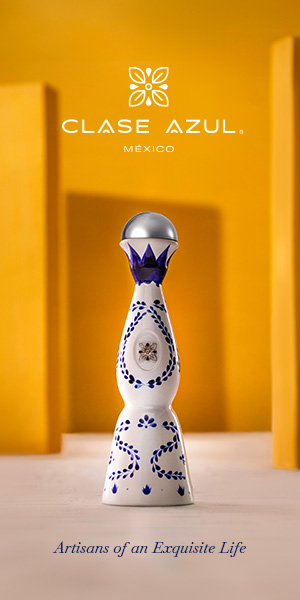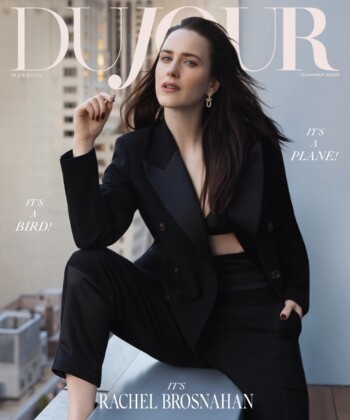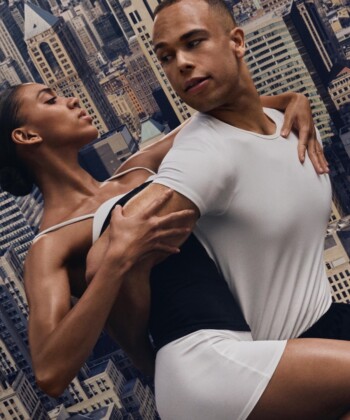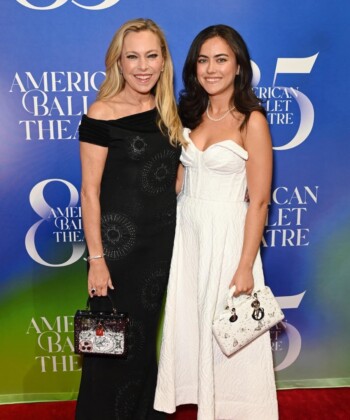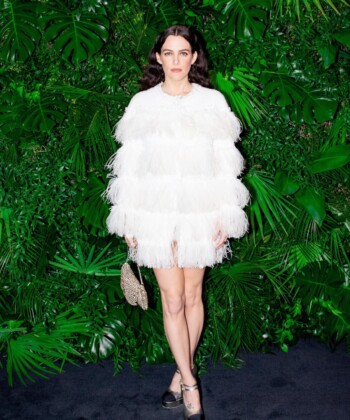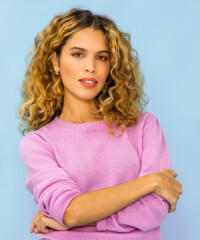An excerpt from the new biography Lady Bird Johnson: Hiding in Plain Sight (Random House) by Julia Sweig explores the first lady’s immense success at celebrating the visual and performing arts in the White House and the groundwork she laid for the Smithsonian Institution to acquire the art collection of Joseph Hirshhorn as a gift to the American people. Here is a look at this moment in time and how she improved the arts in the United States.
In early 1965, the Johnson White House had also toyed with another way to bring art to the masses. Before approving the use of napalm in Vietnam and before sending 24,000 troops to the Dominican Republic, purportedly to prevent a Communist takeover, the president had asked the First Lady her opinion about a memo sitting on his desk proposing a White House Arts Festival to be held that spring. Eric Goldman, a Princeton professor of history hired by LBJ as an in-house intellectual, had authored the proposal with his chief assistant, a young art history PhD, Barbaralee Diamonstein. The two envisioned opening the White House to a marathon of events over the course of one full day to showcase contemporary American art: music, dance, theater, and letters as well as paintings, sculpture, film, and photography; the event would be hosted by the president and First Lady. Such an event, especially with an effort at geographic and artistic diversity, would spotlight the nascent National Arts Council; Roger Stevens, its chair, agreed.

Biographer Catherine Drinker Bowen, singer Marian Anderson and Lady Bird Johnson standing in front of Andrew Wyeth’s “Christina’s World” at the White House Festival of the Arts, June 1965
With his decision-making energies and angst elsewhere, Lyndon asked Lady Bird to weigh in. The First Lady had spent the last year and a half schooling herself on contemporary art, architecture, theater, and music—initially, simply by inheriting Jackie’s White House art acquisitions program, but also through numerous trips to New York City to see theater, opera, and art; or while basking in the beauty and social message of Marian Anderson and Leontyne Price performances at state dinners; or during semisecret tours of the newest architecture in the country to select the architect for her husband’s presidential library. Lady Bird seized upon the festival as a chance to elevate the Johnson White House’s commitment to the arts on the national stage, and advised the president to approve the undertaking. Only with her blessing in hand did LBJ give his green light to the proposal. Bearing the burden of her husband’s decision to go forward in a space that pointedly elevated the Johnson White House to the cultural heights the Kennedy White House had once occupied, Bird viewed the festival with nervous apprehension, knowing “we could fall flat on our faces, or it could be great.” But she had already undertaken a separate initiative in the arts that would turn out to be of far more lasting significance.

Events at the White House Festival of the Arts, June 1965
Roger Stevens and Dillon Ripley, the secretary of the Smithsonian, were at the time positioning the United States to compete for a large and diverse private collection of sculptures, paintings, and drawings housed on an estate in Greenwich, Connecticut. The collection was owned by Joseph Hirshhorn, an immigrant from Latvia. The youngest of 12 children, he had arrived in the United States when he was 6 years old. Skirting the ravages of the Depression, the 5-foot-2-inch-tall Hirshhorn made his fortune investing in uranium, gold, and oil, mostly in Canada. Self-taught, he turned his investment eye toward art early in his business career, while still in his twenties. A recent heart attack had prompted him to accelerate his plans for finding a permanent home to display his vast holdings: more than 1,500 pieces produced by sculptors such as Rodin, Degas, Sir Henry Moore, Brancusi, Calder, Renoir, Giacometti, Marini, and Matisse; and more than 4,800 paintings, including works by Picasso, Eakins, Munch, Wyeth, Dalí, Bacon, de Kooning, Pollock, and Hopper. The Smithsonian had no contemporary art holdings on the National Mall—the National Gallery’s modern wing did not yet exist—and the case for an American institution to become home to Hirshhorn’s vast collection of contemporary paintings and sculpture piqued his interest. After several meetings with Stevens and Ripley, Hirshhorn offered his collection with the caveat that the museum housing it bear his name—another American financier, Andrew Mellon, who had donated his collection of 126 paintings and 26 sculptures to create the National Gallery of Art in 1937, had pointedly declined such a tribute in order to encourage other collectors to donate their art.

Lady Bird Johnson: Hiding in Plain Sight (Random House)
… Nevertheless, with the Johnsons’ green light, their staff had only 22 days to pull off the massive logistical requirements for the festival. White House staff working directly and indirectly for the president and the First Lady provided the ideas, energy, and hours necessary for an endeavor of such scale. The festival boasted an astonishingly diverse lineup: Ansel Adams, Josef Albers, Richard Anuszkiewicz, Richard Avedon, Milton Avery, Leonard Baskin, Thomas Hart Benton, Harry Bertoia, Alexander Calder, Robert Capa, Imogen Cunningham, Stuart Davis, Willem de Kooning, José de Rivera, Richard Diebenkorn, Alfred Eisenstaedt, Walker Evans, Sam Francis, Robert Frank, Morris Graves, Grace Hartigan, Hans Hofmann, Edward Hopper, Robert Indiana, Jasper Johns, Ellsworth Kelly, André Kertész, Franz Kline, Dorothea Lange, Jacob Lawrence, Jack Levine, Jacques Lipchitz, Barbara Morgan, Robert Motherwell, Louise Nevelson, Isamu Noguchi, Georgia O’Keeffe, Jackson Pollock, Robert Rauschenberg, Man Ray, Larry Rivers, Mark Rothko, Ben Shahn, David Smith, Edward Steichen, Alfred Stieglitz, Paul Strand, Edward Weston, Garry Winogrand, and Andrew Wyeth—a testament to the convening power of the White House as an institution, and certainly to Lady Bird’s vision and her Texan appetite for scale. One art critic called it “an artistic barbecue, Pedernales River–style.”





